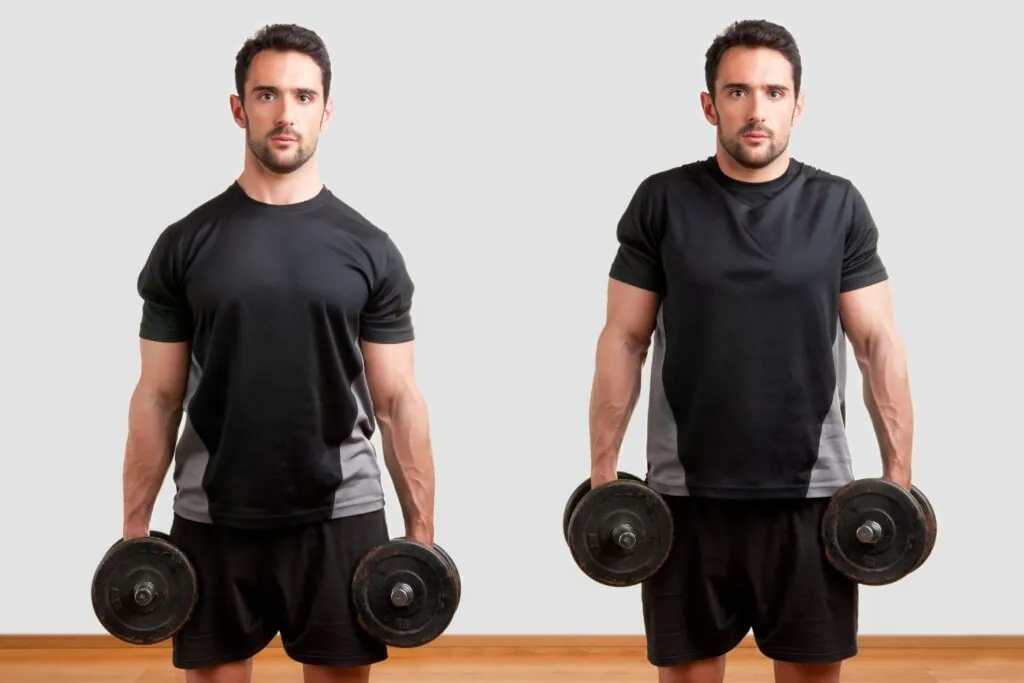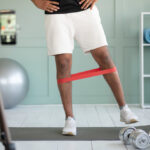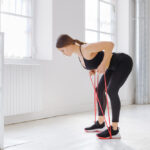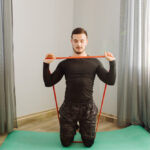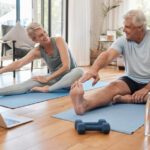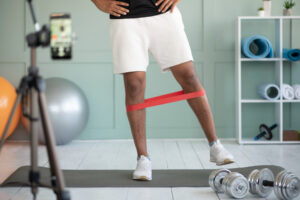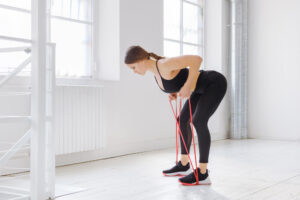When it comes to building a strong, muscular upper body, the neck and trapezius muscles often don’t get the attention they deserve. Most people focus on the biceps, triceps, and shoulders, overlooking the traps and neck, which are crucial for overall strength and posture. If you’re looking to add some serious muscle to these areas, kettlebell shrugs might be your next best move.
Why focus on neck and traps?
Your neck and traps aren’t just about aesthetics; they play a significant role in your overall strength and functionality. Let’s break down why you should care about these muscles.
The importance of a strong neck
A strong neck doesn’t just make you look powerful; it also protects you from injuries, especially if you’re involved in contact sports or any activity that requires a stable upper body. A sturdy neck can absorb shocks better and reduce the risk of whiplash.
Trapezius muscles: The key to upper body strength
The trapezius muscles, or traps for short, are those large muscles extending from the base of your skull to the middle of your back. They help stabilize your shoulders and support neck movement. Strong traps can improve your posture, reduce the risk of shoulder injuries, and give you that thick, muscular look that many fitness enthusiasts strive for.
What are kettlebell shrugs?
This simple yet effective exercise targets your traps and neck muscles by mimicking a shrugging motion with added resistance.
Unlike traditional shrugs where the weight is usually placed directly in front of or beside you, kettlebell shrugs allow for more freedom of movement. The unique shape of the kettlebell means the weight is offset, which can engage your muscles differently and potentially lead to greater gains in strength and stability.
Benefits of using kettlebells for shrugs
Kettlebells offer several benefits over traditional weights. First, they improve grip strength since the handle is thicker and more challenging to hold. This added challenge can translate to stronger forearms. Additionally, the kettlebell’s shape forces your muscles to work harder to stabilize the weight, leading to better overall muscle engagement.
Step-by-step guide to performing kettlebell shrugs
Follow these steps to ensure you’re doing them correctly and safely.
Choose the right kettlebell weight
Before you start, it’s crucial to choose the right kettlebell weight. If you’re new to this exercise, begin with a lighter kettlebell to master the form. As a general rule, you should pick a weight that allows you to complete the exercise with proper form but is challenging enough to make the last few reps tough.
Starting position
Stand with your feet shoulder-width apart, holding a kettlebell in each hand. Your arms should be fully extended by your sides, and your palms facing inwards. Keep your back straight, chest up, and shoulders relaxed.
The shrug motion
Without bending your elbows, lift your shoulders straight up towards your ears. Hold the position for a second, squeezing your traps at the top. Slowly lower your shoulders back down to the starting position. That’s one rep! Focus on controlled, deliberate movements rather than rushing through the exercise.
One of the most common mistakes is using momentum to lift the weight rather than engaging your muscles. Also, be mindful not to roll your shoulders during the shrug; the movement should be straight up and down. Avoid hunching your back or straining your neck, as these can lead to injury.
Are kettlebell shrugs suitable for beginners?
Yes, kettlebell shrugs can be adapted for beginners by starting with a lighter weight and focusing on proper form. As you gain strength and confidence, you can gradually increase the weight. If you need assistance at the beginning of your fitness journey, get in touch with our personal trainers in Brunswick.
If you’re starting your gym journey, you’ll love this beginner’s guide to kettlebell biceps workout.
Final thoughts
Kettlebell shrugs are a fantastic way to build stronger neck and trapezius muscles, contributing to both aesthetics and functional strength. By incorporating them into your regular workout routine and following the tips outlined in this article, you’ll be well on your way to a more powerful and balanced upper body. Remember, consistency is key, so stick with it, and you’ll see results.

